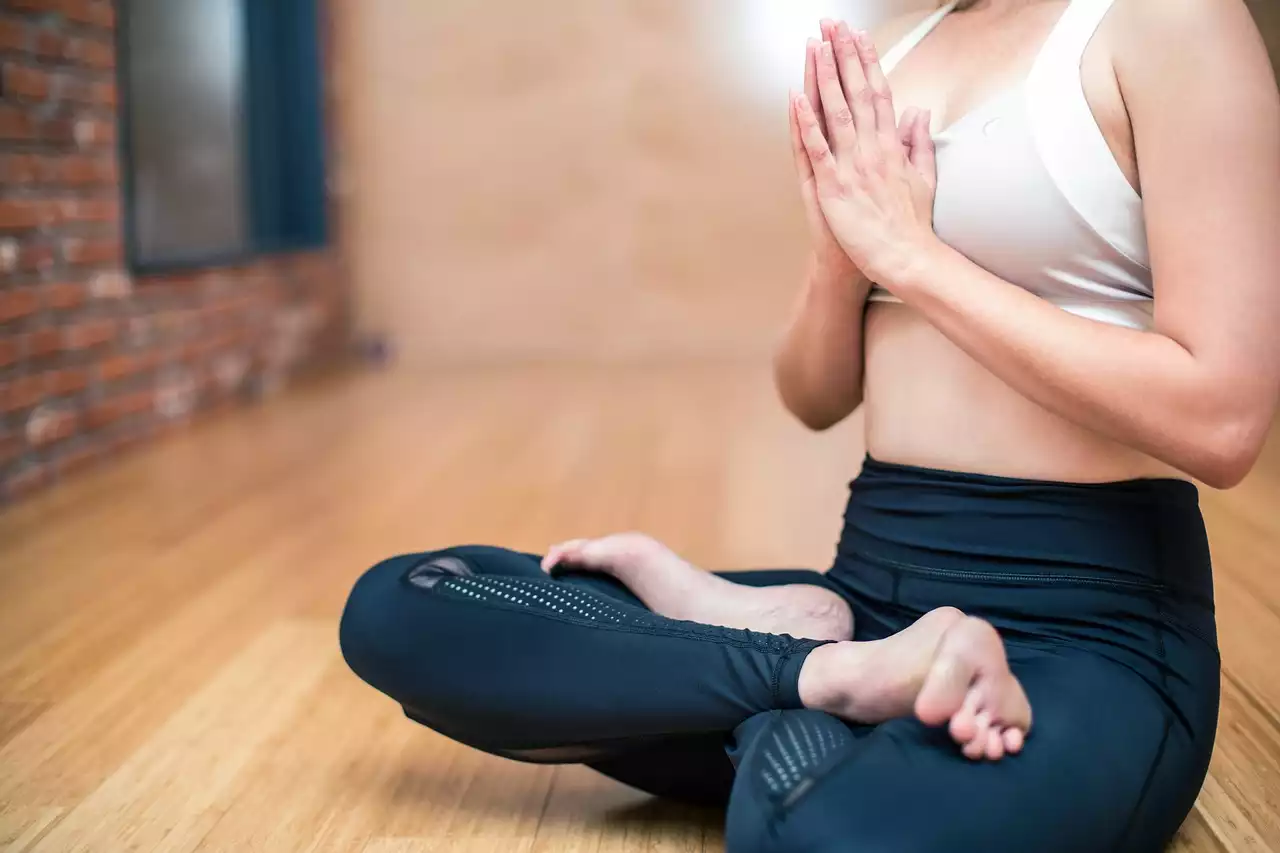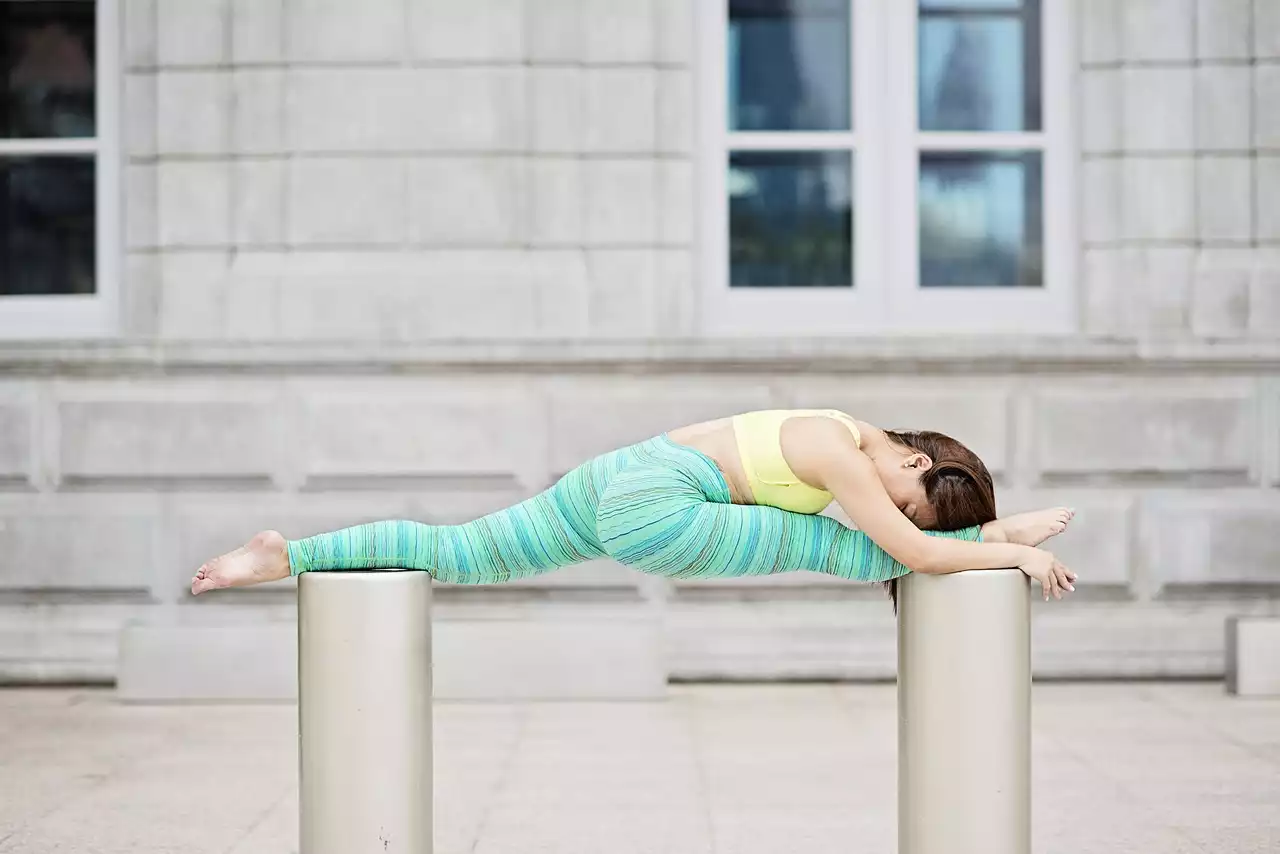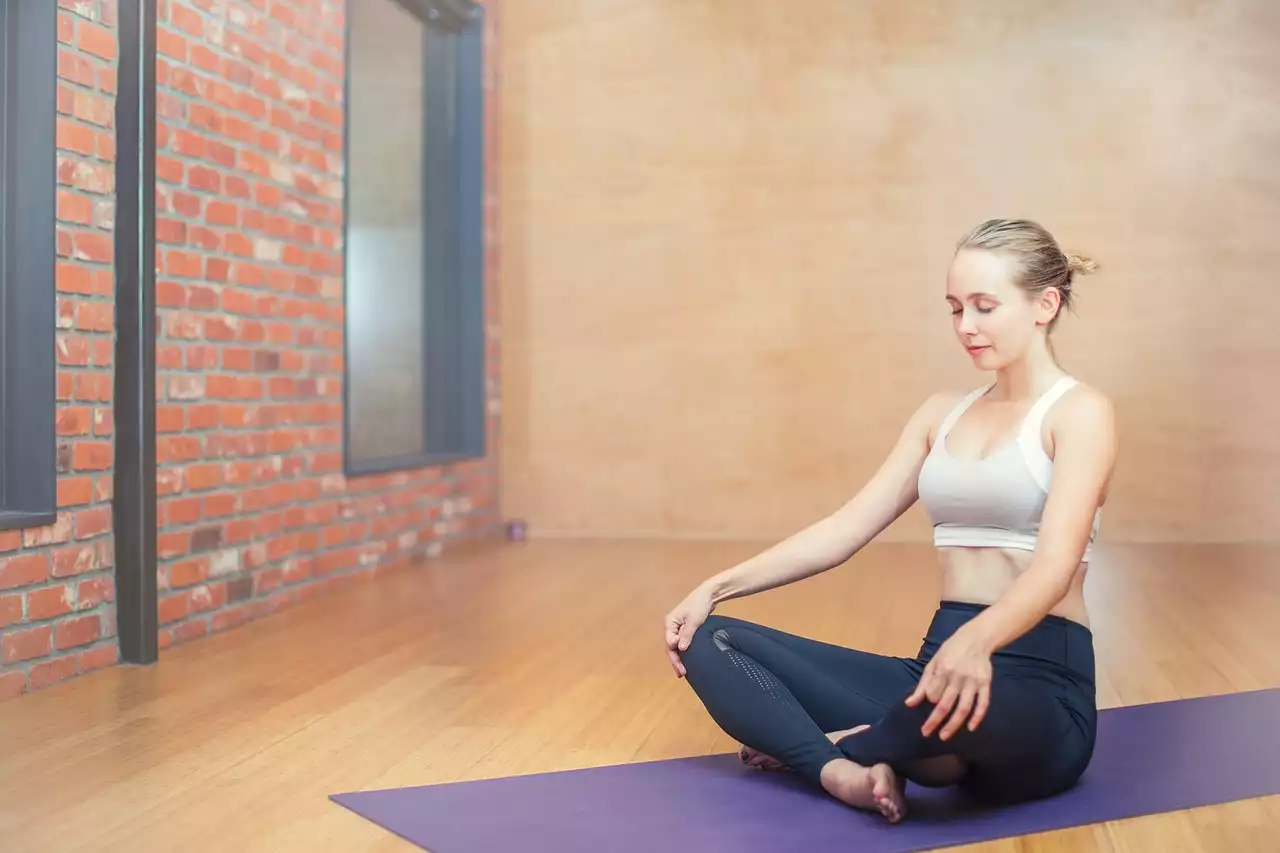Overview of yoga
Yoga is an ancient practice with roots in Indian philosophy. It is a way of life that includes several different physical and mental exercises aimed at improving health on every level. The word “yoga” comes from the Sanskrit word “yuj,” which means to unite or to join together. In yoga, the mind, body, and spirit are all seen as interconnected. Yoga is a practice that includes several different types of exercises. These exercises help to bring about a better balance in your body, a better balance in your life, and a greater sense of well-being. Yoga is a practice that has been around for many thousands of years, and it has evolved and changed with the times. It has been studied and practiced by many different cultures, and each has developed its version of it.
Benefits of Yoga
Yoga is beneficial on all levels of being physical, mental, and spiritual. When practiced regularly, yoga has been shown to improve mood, increase energy, reduce stress, and support healthy sleep patterns. When done to connect with the self, it can also help to build greater self-awareness and self-love. Many people who practice yoga do so primarily for the physical benefits. They may be individuals who want to improve overall health or athletes who want to improve performance. Others may practice for the mental (and emotional) benefits, such as increased focus and concentration. Whatever your reason for wanting to start a yoga practice, it is important to remember that yoga is not a quick fix. It is a practice that takes time and patience to see results.
a. Physical benefits
Increased strength and flexibility - Many physical benefits of yoga come from the poses (also known as asanas). The poses are designed to bring about a balance in the body and help to increase strength and flexibility.
Reduced risk of injury - Practicing yoga can help to reduce the risk of injury in both daily activities and athletic activities. - Practicing yoga can help to reduce the risk of injury in both daily activities and athletic activities.
Improved blood flow - Yoga postures help to improve blood flow throughout the entire body by bringing about a state of relaxation and encouraging the release of stress and tension. - Yoga postures help to improve blood flow throughout the entire body by bringing about a state of relaxation and encouraging the release of stress and tension.
Improved sleep and reduced insomnia - Restorative yoga practices, such as Yin Yoga and Restorative Yoga, can help to ease insomnia and promote a state of calm that can lead to more restful sleep.
Improved digestion - Yoga poses can help to improve digestion by bringing more blood flow to the digestive organs. - Yoga poses can help to improve digestion by bringing more blood flow to the digestive organs. Reduced risk of heart disease - Regular yoga practice can help to reduce inflammation in the body, which can help to reduce the risk of heart disease.
Improved respiratory health - Regular yoga practice can help to improve respiratory health and bring about a general feeling of ease and relaxation. - Regular yoga practice can help to improve respiratory health and bring about a general feeling of ease and relaxation.
Reduced risk of diabetes - People who practice yoga regularly have been shown to lower their risk of diabetes.
b. Mental benefits
Improved focus and concentration - Many forms of yoga, especially meditation-based practices, are designed to help improve focus and concentration.
Many forms of yoga, especially meditation-based practices, are designed to help improve focus and concentration.
Increased creativity - Yoga poses and breathing exercises have been shown to increase creativity. - Yoga poses and breathing exercises have been shown to increase creativity.
Enhanced ability to cope with stress - Practicing yoga regularly can help to increase your ability to cope with stress, which can improve overall health. - Practicing yoga regularly can help to increase your ability to cope with stress, which can improve overall health.
Improved mood and reduced anxiety - A regular yoga practice has been shown to help to reduce stress and improve mood.
c. Spiritual benefits
Increased self-awareness - Yoga practices, such as meditation, are designed to help bring about a state of self-awareness.
Greater self-love - When done to connect with the self, yoga can be a powerful way to build self-love. - When done to connect with self, yoga can be a powerful way to build self-love. Greater connection with the universe - When done to connect with the self, yoga can be a powerful way to build a greater connection with the universe.
History of Yoga
The precise origins of yoga have been lost to time, but historians believe that it has been around for at least 5,000 years. The earliest written text that describes yoga is the Bhagavad Gita, which is believed to have been written between 200 BCE and 200 CE. Many different cultures have practiced yoga, each with its adaptations and variations. The Indian culture is often credited with starting the yoga practice that is so well-known today, and it remains the most common type practiced around the world today.
Types of Yoga
There are many different types of yoga, each with its own set of benefits and goals. Each type of yoga can also be practiced in different ways. Many different postures and breathing techniques can be used to create different results. If you'd like to try practicing yoga for the first time, it can be helpful to decide what type of yoga you'd like to try. Some common types of yoga are:
- Hatha yoga - This is the most common type of yoga. It is a combination of physical postures and breathing techniques designed to bring the mind and body into a state of relaxation.
- Restorative yoga - This type of yoga focuses on the use of props like blankets and bolsters that are designed to help the body relax.
- Vinyasa yoga - This type of yoga involves synchronizing the breath with a set sequence of movements or poses.
- Anusara yoga - This type of yoga emphasizes a connection with the larger universe and is focused on bringing joy and playfulness into the practice.











